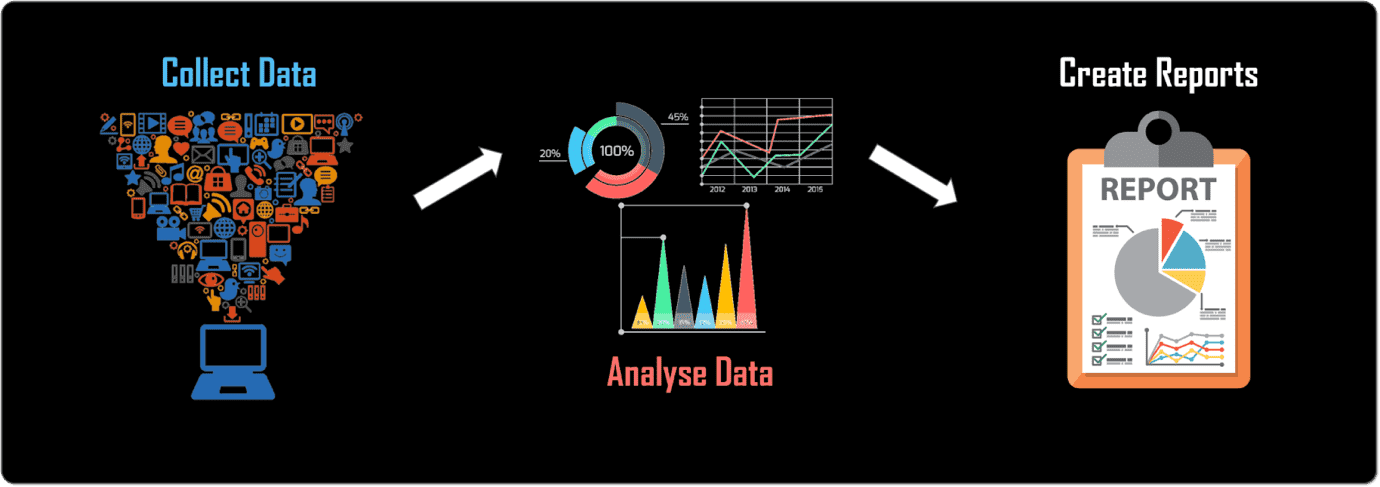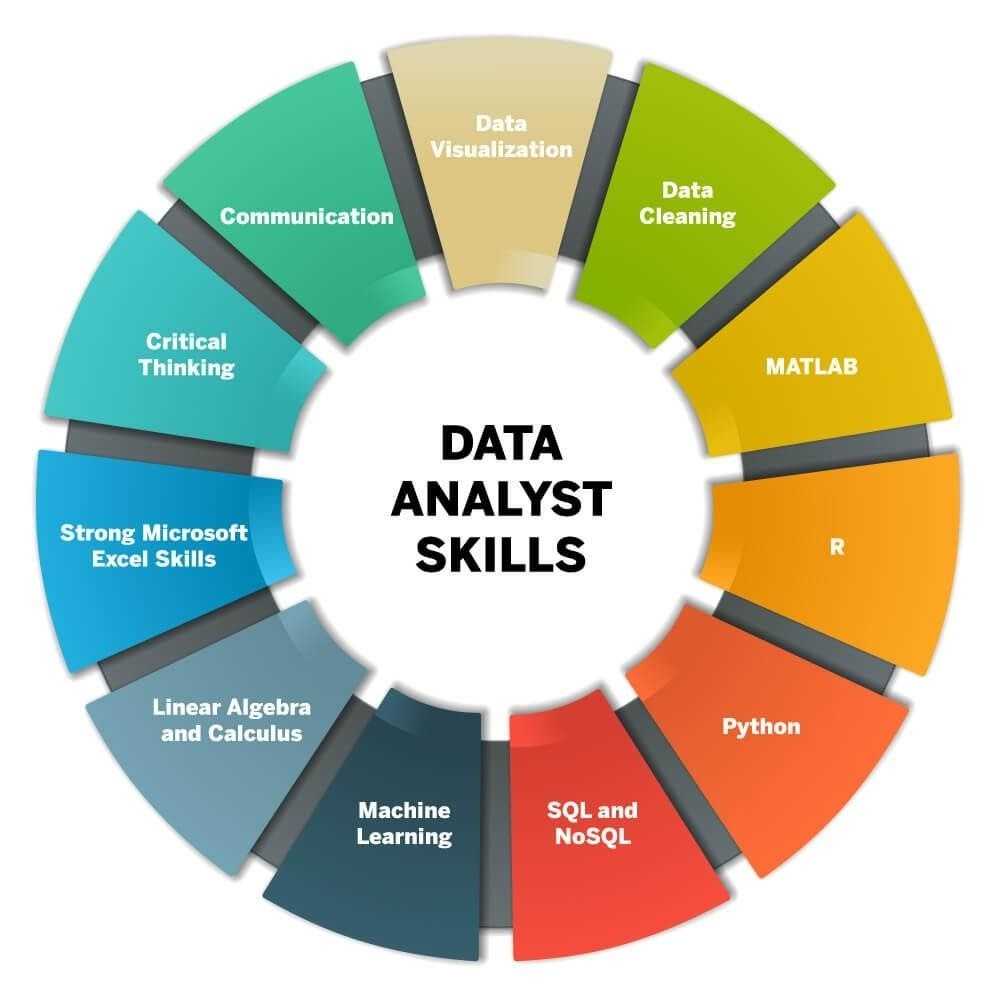Introduction to Data Analytics
With the advent of technology, companies have become increasingly dependent on data to make critical business decisions such as the new investments to make, customers to target, products to develop, shortcomings to overcome to name a few.
A Data Analyst is tasked with assigning a numerical value to these business functions to allow assessment of business performance at a later stage. Apart from crunching numbers, a Data Analyst is also involved with utilizing the data to enable the company to make smarter business decisions. Check out the article ETL vs ELT written by Hevodata.
The job of retrieving, organizing, gathering, and using data to extract meaningful insights to come up with effective decisions to help steer business growth has come to become one of the most coveted over the past decade. In this blog, you will understand a few key prerequisites required to enter this segment along with a short tour of what awaits you on the other side of the door exploring the key responsibilities and valuable skills of a Data Analyst.
Types of Data Analytics
Data Analytics is widely divided into the following four categories:
- Descriptive Analytics: Descriptive Analytics deals with historical data. This is helpful since it allows an enterprise to spot the key trends in the data. Examples of data surfed are quarterly sales, yearly website traffic, etc.
- Diagnostic Analytics: This brand of Analytics compares the different descriptive datasets to identify any dependencies and patterns to understand why something happened.
- Predictive Analytics: Predictive Analytics is instrumental in allowing an organization to take proactive action by determining the outcomes. This is done by detecting the tendencies in descriptive and diagnostic analyses.
- Prescriptive Analytics: This gives you a fair idea about the business activities to undertake. This helps address potential problems to stay a step ahead of the industry trends. This however comes at the price of complex algorithms and the need to deploy machine learning for the same.
Key Responsibilities of a Data Analyst
The key responsibilities of a Data Analyst are as follows:
- Spotting Patterns: The fundamental responsibility of a Data Analyst is to look out for any important patterns in data and what that ends up telling about the enterprise in general. This makes incremental reporting over months, weeks, and quarters can provide a comprehensive timeline to the company across which visible patterns can be discovered.
- Producing Reports: One of the most important things an Analyst will do as a part of their day-to-day is keeping the client abreast of the management insights about new trends on the horizon along with areas of improvement through regular reports. A thing to keep in mind while penning the reports is that the language should be toned down so that a person from a non-technical person can grasp the document with considerable ease.
- Data Collection and Infrastructure Setup: A certified data analyst spends a major chunk of their time collecting data while working with web developers to ensure that the data collection is thoroughly optimized. Streamlining the data collection helps reduce their burden considerably. A critical part of this process is the migration from a data source to the Data Warehouse. This can be carried out by ETL (Extract, Transform, and Load) or ELT (Extract, Load, and Transform) which is instrumental in carrying out basic transformations in the Data Warehouse. To understand the fundamental difference between the two.
- Collaboration: A Data Analyst isn’t a lone wolf, but a part of a larger team, which means that on a normal basis, an Analyst will have to collaborate to a great extent with people from different backgrounds, departments to function efficiently.

Data Analyst
Most Valuable Skills of a Data Analyst
The most valuable skills sought after in a Data Analyst are as follows:
- Technical Skills: Technical Skills refer to adequate knowledge of database languages like R, SQL, Python, etc. A Data Analyst must also be adept in Spreadsheet tools like Microsoft Excel and Google Sheets, and Data Visualization software like Tableau, PowerBI along with strong mathematical and statistical skills.
- Leadership Skills: Leadership Skills in Data Analysts allows them to come up with competent solutions to the problems faced by them and communicate the value of this information to their stakeholders effectively to drive data-driven business decisions.

Data Analyst
Conclusion
In this blog, you learned about the key responsibilities and skills required in a masterful Data Analyst. This serves as a prerequisite to breaking out into this highly rewarding career, that continues to evolve as we speak.






